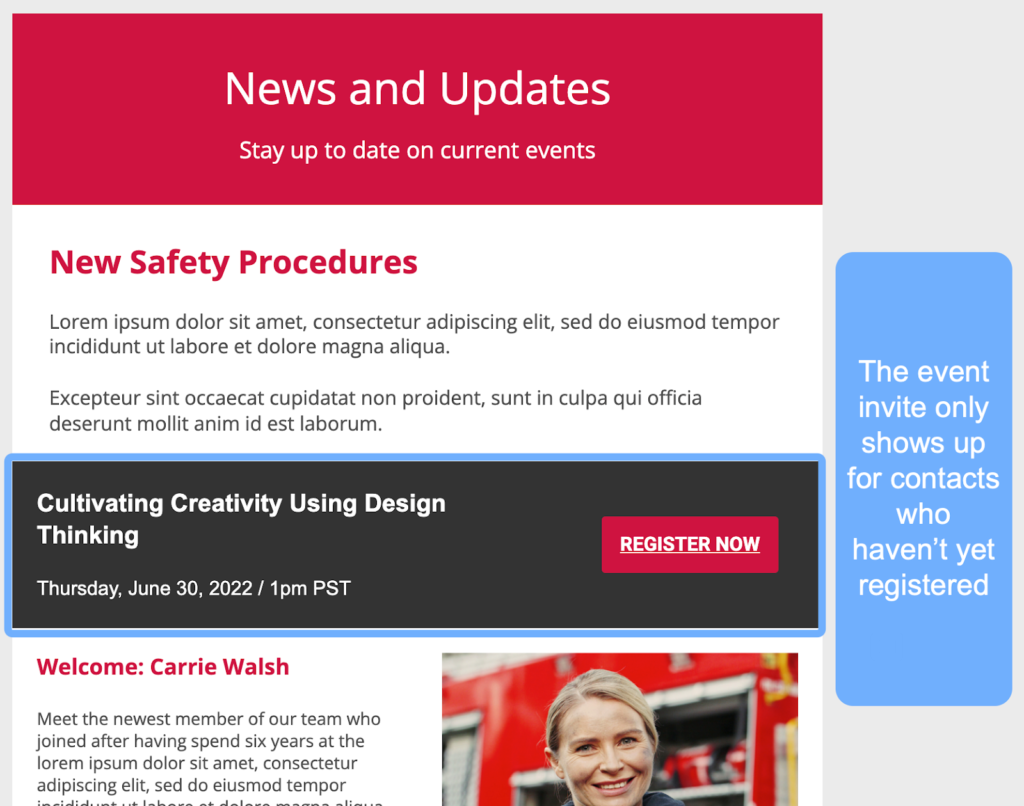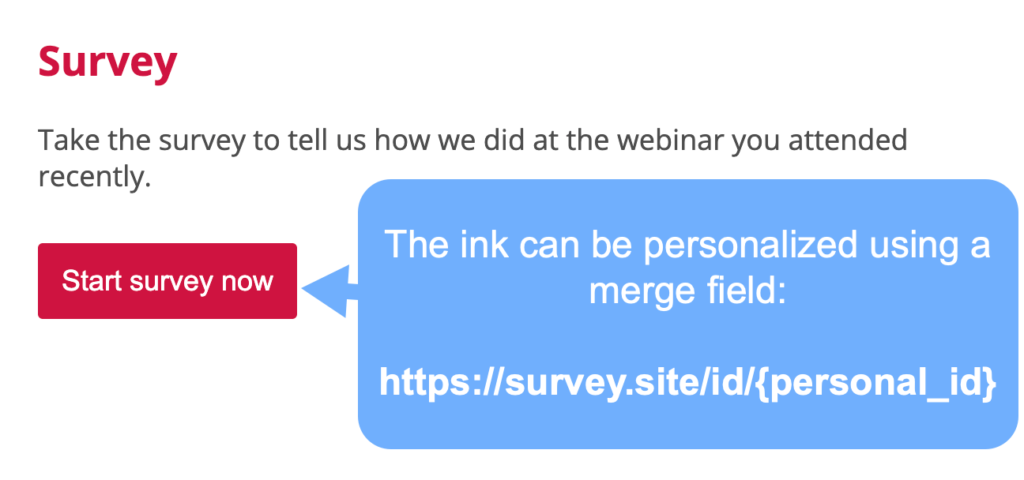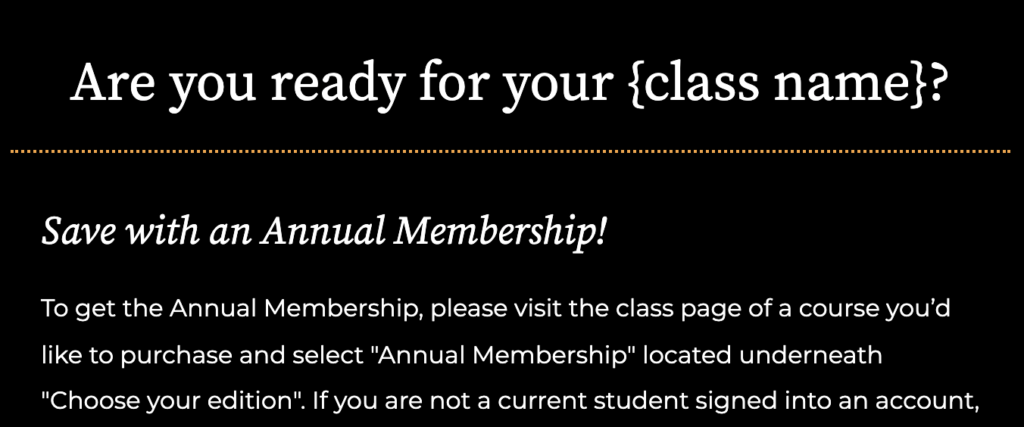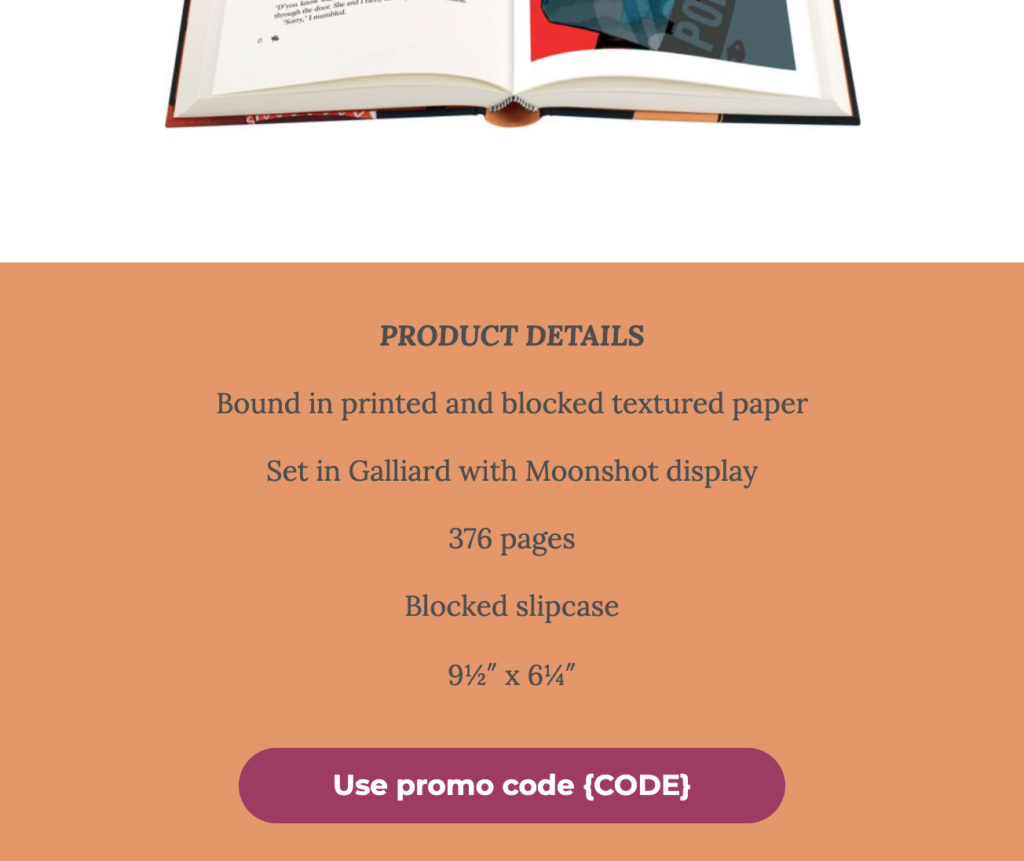As if writing content wasn’t hard enough, personalizing that content has become a requirement of successful emails. There is much hype about sending personalized emails – and for good reason. Personalized emails increase engagement (more clicks and opens) and reduce unsubscribe rates. “How to personalize emails?” is a question our users search for in our help documents often.
Depending on whose webinar you attend, personalized content in emails increases click through rates by anywhere between 15% and 25%.
Email personalization works. But using “Hi, <name>” is not enough.

There are lots of ways to personalize emails, some are easier but with limited impact. Some work really well but very time consuming to implement.
Here we’re focusing on three email personalization methods that are relatively easy to implement and have high impact.
Here is how to personalize emails the easy way:
- List segmentation tips as a prerequisite to email personalization
- How to personalize emails using dynamic content?
- How to personalize emails with merge fields beyond “Hi <first name>”
List segmentation as a prerequisite to email personalization
List segmentation is the back-bone of a successful email strategy. It ensures that your contacts are assigned to the most appropriate subscription lists so you can target your email campaigns to the most appropriate lists.
Despite how important list segmentation is, many email communication professionals and marketers don’t pay as much attention to it as they should.
It helps to think of your contact list as people. People, who value relevant information and take offence – and unsubscribe – if they receive content they never asked for and don’t care about.
So the first step in email personalization is to segment your list properly. Use customized forms to gather information and always link to a self-serve, customizable email preferences page where your contacts can instantly update their email communication settings. Forms and the preference management page are where contacts self-segment themselves.
Try Envoke today: Create a free trial account.
Email for communication, not lead generation.
- Includes ALL Envoke features.
- No credit card needed for trial.
- Free, unlimited support.
- Free coaching call with tech support (not sales).
Once you have the data, be sure to select the appropriate audience when you send emails. Sending emails to “all contacts” is (almost) never a good idea.
The target list could be anyone who is interested in promotional emails or all employees.
But you can do better than this! Adding a second condition can help narrow down the list of recipients even more. Try selecting contacts who are interested in promotional emails AND they have been a customer for over a year. Your email just became a lot more relevant to these folks.
You can also create segments based on past email activity combined with other conditions.
Have a look at this segment: All alumni who are subscribed to the newsletter but didn’t open any of the last 10 emails. Three simple conditions. They deserve a different subject line than those who regularly open your emails. And a very different content from other, non-alumni, newsletter subscribers

Email communications and marketing platforms like Envoke can help collect information about your contacts and organize the data in a way that makes it easy to create custom segments, which in turn allows you to send relevant, personalized content.
How to personalize emails using dynamic content?
Dynamic content blocks can be used to show or hide entire blocks of content in emails depending on recipients’ interests.
This allows you to send a single e-blast and include customized blocks of content within the email for people who are interested in certain topics or they’re tagged a certain way.

Here’s how a dynamic content block can be configured from a bulk email platform.

If you pause for a few minutes you can probably think of all sorts of use cases where a group of contacts within your general audience should be sent some additional information but you may not have enough content for these additional details to fill a stand-alone email blast.
Interested in using dynamic content in your emails? You can start a free trial account with Envoke, an email marketing software that allows you to use dynamic content blocks in addition to merge fields. Speaking of merge fields, let’s check out how you can use them in your emails
How to personalize emails with merge fields beyond “Hi <first name>”
Merge fields can be used to display data in emails pulled from contact profiles.
You can merge any field into your main email content but most people only ever use “first name”. No doubt, using “first name” as a merge field is easy and helpful and it’s a common best practice but there is more to merge fields.

Using dates as merge fields
The date someone joined your list is a commonly available field and can be used in addition to other merge fields. This creates a more personalized experience.
Personalized links in bulk emails
You can even use merge fields to create individual URLs, for example to invite people to fill out a survey. For this you can store the survey URL or ID in a custom field and use the custom field as a linked merge field in your email.

Merge custom fields into emails
Custom fields can store any data and they can all be merged into emails for example to display what program a student is interested in, the name of the sales rep assigned to a lead, login IDs (never passwords!) or promo codes.

Sending individualized promo codes can be achieved by merging a “promo code” custom field into emails – even inside buttons.

You can merge details of sales or other representatives that are assigned to work with your contacts:

Summary
Your contacts pretty much expect a personalized email experience. Using a variety of merge fields to create this personal experience is easy to do but you can do even more with dynamic content blocks. But none of this matters if you don’t have the data to merge, which is why data collection, and allowing your contacts to update this data self-serve, is critical.
Want to try? Envoke is an email marketing and communications platform established in 2007. All email personalization methods and data collection and management mentioned in this article can be achieved easily with the software. Get a free trial to check it out. And in case you’re wondering, here’s how Envoke does things differently from Mailchimp.
